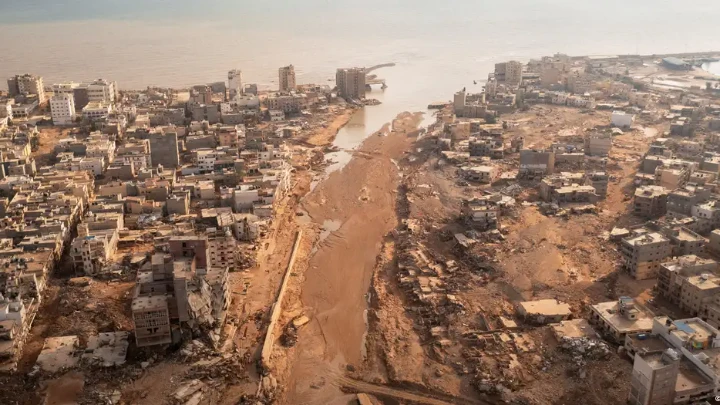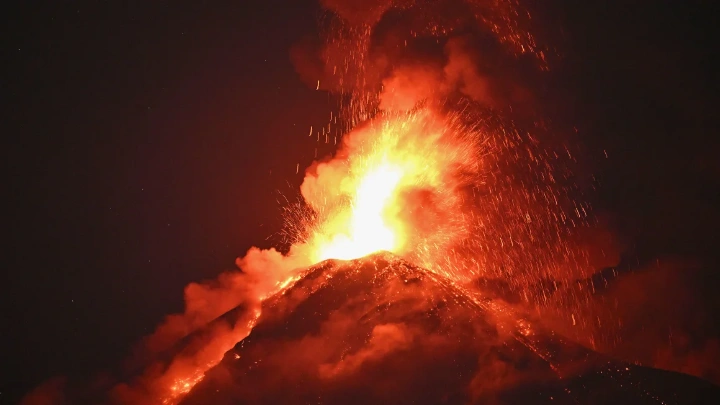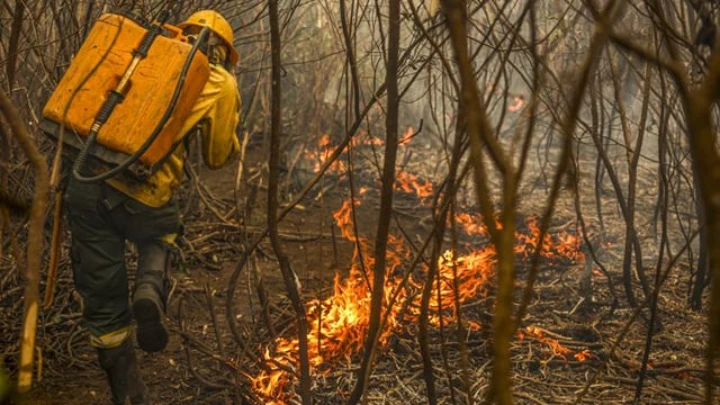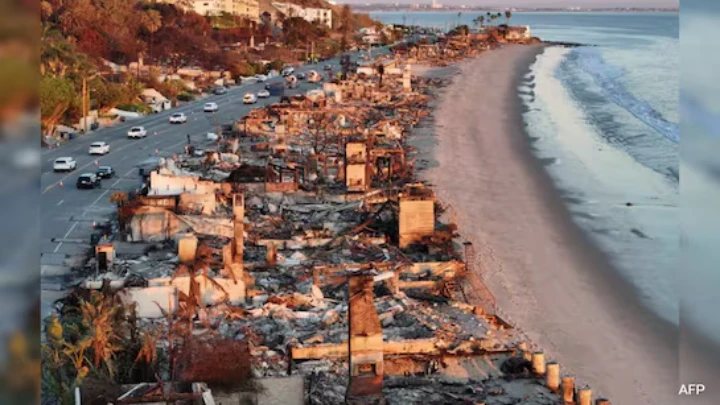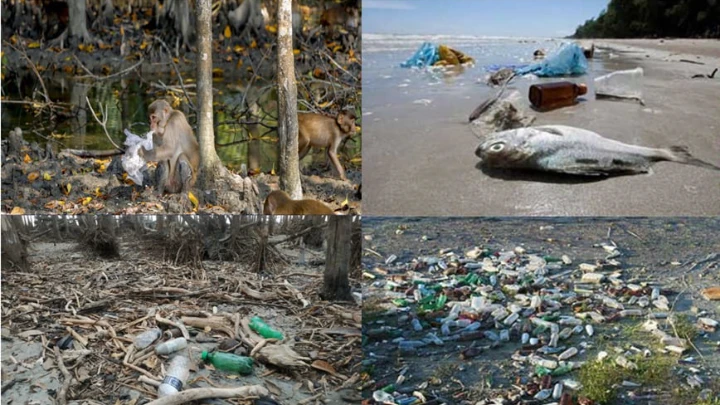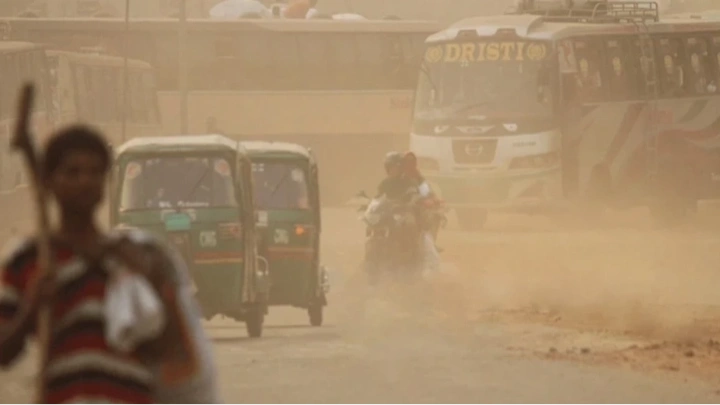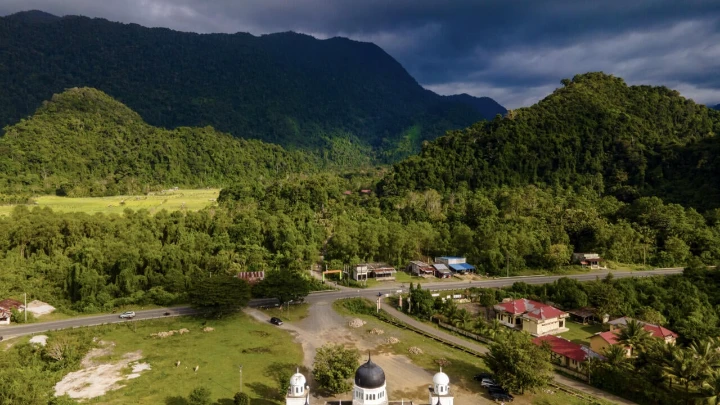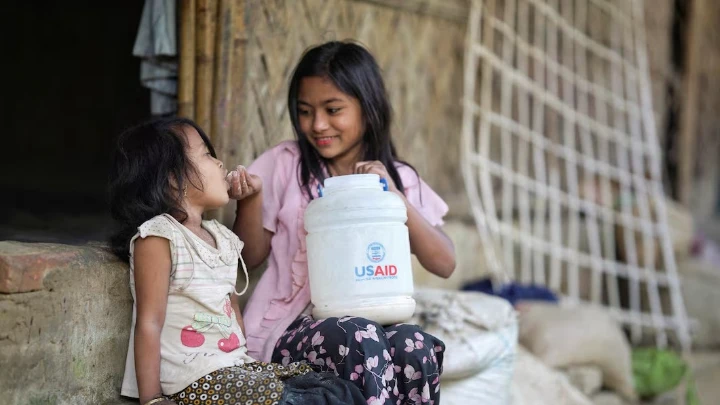After Storm Daniel sparked extreme flooding across the Mediterranean, a new study shows global heating made the deadly heavy rainfall up to 50 times more likely in Libya.
Climate change contributes to the severity of floods in Libya.
DWNews || Shining BD
Storm Daniel crossed the warm waters of the Mediterranean in early September, causing severe flooding in Greece, Bulgaria, and Turkey. The name "medicane" is a combination of "Mediterranean" and "hurricane."
Following the storm's landfall in Libya, two dams burst due to the heavy rains. According to the most recent UN estimates, the disastrous flooding that followed has so far claimed about 4,000 lives in the devastated port city of Derna. Over ten thousand people remain unaccounted for.

An international group of climate scientists from the UK-based World Weather Attribution (WWA) conducted an analysis and found that the likelihood of the torrential rainfall in Libya was 50 times higher due to human-induced climate change. Up to 50% more rain fell on Libya during the storm than usual due to global warming, which is mostly caused by burning fossil fuels.

The event in Libya is still "extremely unusual" and would likely only occur once in roughly 300 to 600 years in the current climate, stated the report compiled by 13 researchers, including scientists from universities and research centers in Greece, the Netherlands, the UK and the US.

"Storm Daniel is the deadliest and costliest storm over the Mediterranean and Africa respectively on record," said Friederike Otto, senior climate science lecturer at Imperial College London and report co-author. "We found that climate change did make the rainfall more intense."
Torrential rainfall also much more likely in Greece
For the flood-hit region encompassing Greece, Bulgaria and Turkey, the WWA analysis showed that climate change made the heavy downfall up to 10 times more likely and resulted in 40% more rain.

Such storms are becoming "reasonably common" across the Balkan region surveyed, happening an average of once every 10 years, according to the report. But for central Greece, where the most extreme flooding occurred, the event is expected to happen once every 80 to 100 years.
As Storm Daniel hit Greece, the nation was also experiencing record wildfires that compounded the impacts for regions hit almost simultaneously by two extreme weather events.
Climate change not the only culprit
In Libya, the construction of cities in flood-prone areas, deforestation and political instability, in addition to potential design flaws and poor maintenance of the dams that burst, increased vulnerability to heavy flooding.

In Greece, a landscape changed by heavy urbanization, deforestation and reduced stormwater drainage also increased exposure to flooding and compounded climate impacts.

"There are practical solutions that can help us prevent these disasters from becoming routine such as strengthened emergency management, improved impact-based forecasts and warning systems, and infrastructure that is designed for the future climate," said Julie Arrighi, director at the Red Cross Red Crescent Climate Centre that contributed research to the report.
"There is absolutely no doubt that reducing vulnerability and increasing resilience to all types of extreme weather is paramount for saving lives in the future," said climate scientist Otto.
Broad climate impacts confirmed, despite 'uncertainties'
Following a summer of record heat waves and wildfires with a "very clear climate change fingerprint, quantifying the contribution of global warming to these floods proved more challenging," said Otto.

To figure out if temperature rise had spurred heavier rain in the region, scientists compared weather data from the pre-1880s climate with the current climate that has warmed 1.2 degrees Celsius (2.16 degrees Fahrenheit) since then.
The report acknowledged that "large mathematical uncertainties" were built into the analysis as the weather patterns covered relatively small areas, making it difficult for climate models to accurately project rainfall trends.
However, it added that "studies project heavier rain in the region as temperatures rise," and that local weather station data shows a trend toward heavier rain.
Since warmer air holds more water vapor, from 1.2 Celsius of warming alone "we would expect a 10% increase" in rainfall intensity, said Otto.
Shining BD

